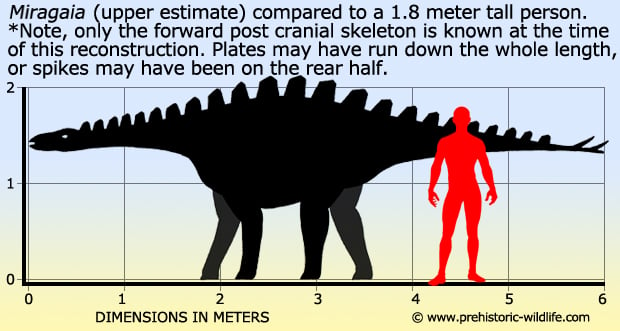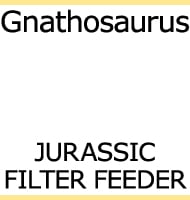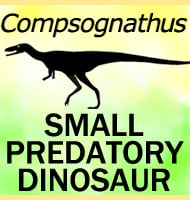In Depth
At first glance you might be forgiven for thinking that Miragaia is some kind of hybrid between a stegosaur and a sauropod. Well in actuality Miragaia is a stegosaur, although the long neck and long forelimbs make it quite different from classic examples such as Stegosaurus and Kentrosaurus. The most likely cause for this different body morph is that Miragaia specialised to feed upon taller vegetation, and a longer neck would not just increase reach but could cover a larger area without the need for Miragaia to physically move its body.
The long neck was composed of at least seventeen vertebrae, some of which appear to be specially positioned dorsal vertebrae that were carried further forward. The vertebrae also seem to be more elongated than other stegosaurids. Because the front limbs were almost as high as the rear limbs, the overall posture of Miragaia would be more horizontally level to the ground. Most other stegosaurids had bodies that sloped down to the ground so that their heads were better situated for low browsing. The tail for Miragaia is still unknown but is usually reconstructed with a four spiked thagomizer like many other stegosaurids possess.
Further Reading
– A new long-necked ‘sauropod-mimic’ stegosaur and the evolution of the plated dinosaurs. Octavio Mateus, Susannah C. R. Maidment and Nicolai A. Christiansen – 2009. – Dacentrurine stegosaurs (Dinosauria): A new specimen of Miragaia longicollum from the Late Jurassic of Portugal resolves taxonomical validity and shows the occurrence of the clade in North America. – PLOS ONE. 14 (11): e0224263. – Francisco Costa & Oct�vio Mateus – 2019.










